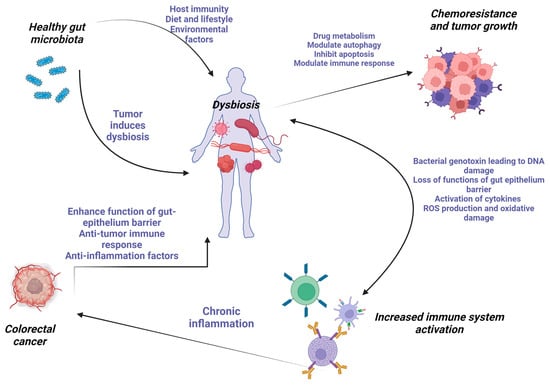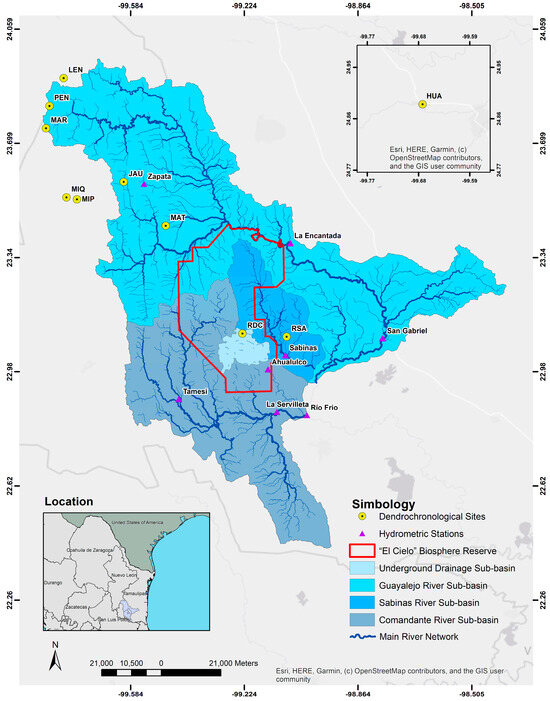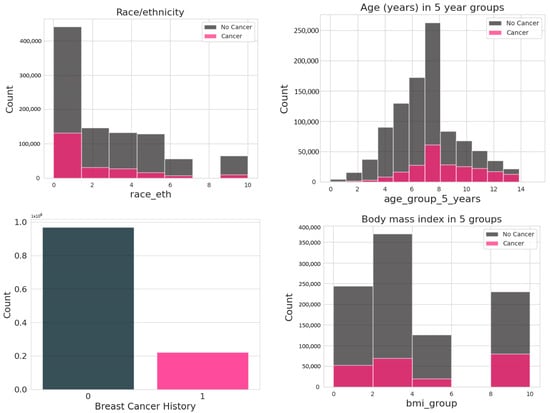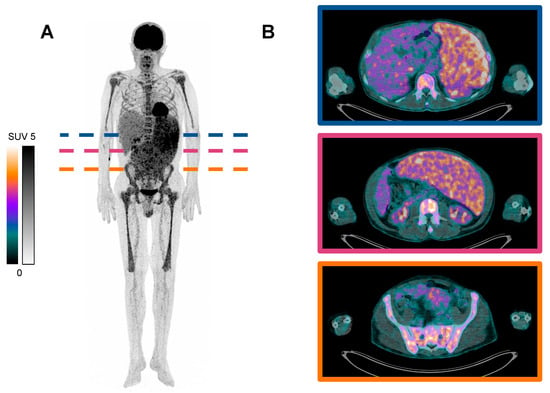The Golden Kaiser-I-Hind (
Teinopalpus aureus Mell, 1923) is the only butterfly among Class I national protected animals in China and is known as the national butterfly. In this study, by accurately predicting the suitable habitat in China under current and future climate scenarios, the potential distribution area of
T. aureus was defined, providing a theoretical basis for conservation and management. Based on species distribution records, we utilized the Biomod2 platform to combine climate data from the BCC-CSM2-MR climate model, future shared socio-economic pathways, and altitude data. The potential distribution areas of
T. aureus in the current (1970–2000s) and future SSP1_2.6 and SSP5_8.5 climate scenarios in China in 2041–2060 (2050s), 2061–2080 (2070s), and 2081–2100 (2090s) were predicted. The AUC and TSS values of the combined model based on five algorithms were greater than those of the single models, and the AUC value of the receiver operating characteristic curve was 0.990, indicating that the model had high reliability and accuracy. The screening of environmental variables showed that the habitat area of
T. aureus in China was mainly affected by annual precipitation, precipitation in the driest month, the lowest temperature in the coldest month, temperature seasonality, elevation, and other factors. Under the current circumstances, the habitat area of
T. aureus was mainly located in southern China, including Fujian, Guangdong, Guangxi, Hainan, Zhejiang, Yunnan, Guizhou, Hunan, Taiwan, and other provinces. The suitable area is approximately 138.95 × 10
4 km
2; among them, the highly suitable area of 34.43 × 10
4 km
2 is a priority area in urgent need of protection. Under both SSP1_2.6 and SSP5_8.5, the population centroid tended to shift southward in the 2050s and 2070s, and began to migrate northeast in the 2090s. Temperature, rainfall, and altitude influenced the distribution of
T. aureus. In the two climate scenarios, the habitat area of
T. aureus declined to different degrees, and the reduction was most obvious in the SSP5_8.5 scenario; climate was the most likely environmental variable to cause a change in the geographical distribution. Climate change will significantly affect the evolution and potential distribution of
T. aureus in China and will increase the risk of extinction. Accordingly, it is necessary to strengthen protection and to implement active and effective measures to reduce the negative impact of climate change on
T. aureus.
Full article
 IJMS
IMPACT
IJMS
IMPACT Applied Sciences
IMPACT
Applied Sciences
IMPACT Sustainability
IMPACT
Sustainability
IMPACT Sensors
IMPACT
Sensors
IMPACT JCM
IMPACT
JCM
IMPACT Materials
IMPACT
Materials
IMPACT Molecules
IMPACT
Molecules
IMPACT Energies
IMPACT
Energies
IMPACT Electronics
IMPACT
Electronics
IMPACT Remote Sensing
IMPACT
Remote Sensing
IMPACT Cancers
IMPACT
Cancers
IMPACT Nutrients
IMPACT
Nutrients
IMPACT Mathematics
IMPACT
Mathematics
IMPACT Foods
IMPACT
Foods
IMPACT Buildings
IMPACT
Buildings
IMPACT Polymers
IMPACT
Polymers
IMPACT Animals
IMPACT
Animals
IMPACT Water
IMPACT
Water
IMPACT Plants
IMPACT
Plants
IMPACT Agronomy
IMPACT
Agronomy
IMPACT Biomedicines
IMPACT
Biomedicines
IMPACT Processes
IMPACT
Processes
IMPACT Microorganisms
IMPACT
Microorganisms
IMPACT Diagnostics
IMPACT
Diagnostics
IMPACT Nanomaterials
IMPACT
Nanomaterials
IMPACT Viruses
IMPACT
Viruses
IMPACT Medicina
IMPACT
Medicina
IMPACT Healthcare
IMPACT
Healthcare
IMPACT Cells
IMPACT
Cells
IMPACT Forests
IMPACT
Forests
IMPACT Agriculture
IMPACT
Agriculture
IMPACT Land
IMPACT
Land
IMPACT JMSE
IMPACT
JMSE
IMPACT IJERPH
IJERPH
 Symmetry
IMPACT
Symmetry
IMPACT Genes
IMPACT
Genes
IMPACT Pharmaceutics
IMPACT
Pharmaceutics
IMPACT Coatings
IMPACT
Coatings
IMPACT Micromachines
IMPACT
Micromachines
IMPACT Pharmaceuticals
IMPACT
Pharmaceuticals
IMPACT Atmosphere
IMPACT
Atmosphere
IMPACT Children
IMPACT
Children
IMPACT Religions
IMPACT
Religions
IMPACT Antioxidants
IMPACT
Antioxidants
IMPACT Life
IMPACT
Life
IMPACT Metals
IMPACT
Metals
IMPACT Biomolecules
IMPACT
Biomolecules
IMPACT Vaccines
IMPACT
Vaccines
IMPACT Education Sciences
IMPACT
Education Sciences
IMPACT Minerals
IMPACT
Minerals
IMPACT Horticulturae
IMPACT
Horticulturae
IMPACT Brain Sciences
IMPACT
Brain Sciences
IMPACT JPM
IMPACT
JPM
IMPACT Bioengineering
IMPACT
Bioengineering
IMPACT























